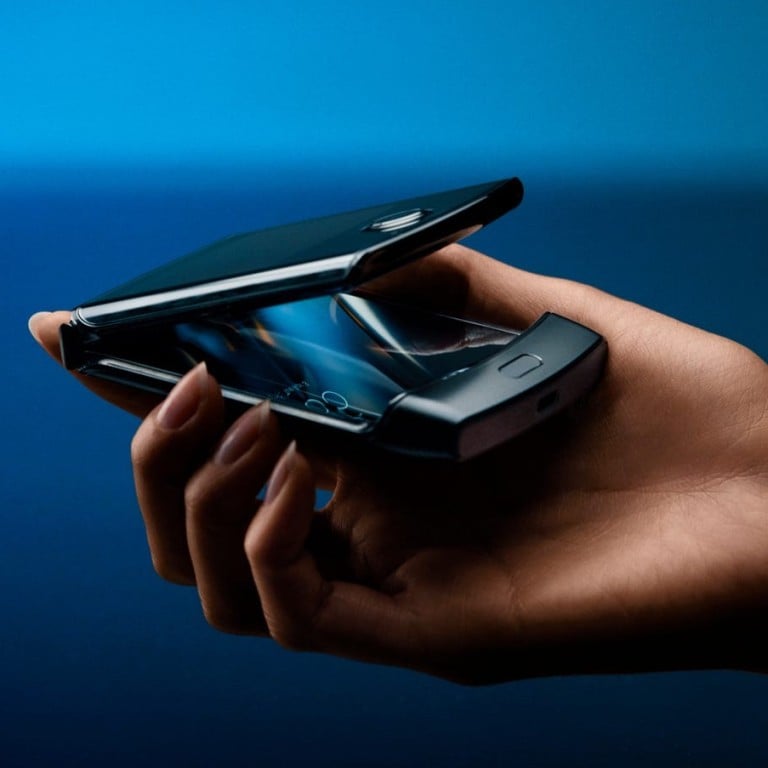Review / We review Motorola Razr 2019 – revival of the classic flip phone will woo millennials, but falls short on features

Reviving Motorola’s classic Razr flip phone might win over nostalgic millennials, but the novelty soon wears off and the features and functionality fall short of smartphones from Apple, Samsung et al, writes Lisa Eadicicco
Motorola is bringing back its iconic Razr flip phone from the early 2000s, a phone that probably invokes just as much nostalgia for millennial-aged smartphone users as their first iPhone or BlackBerry handset.
I had a Razr when I was a teenager sometime around the year 2005, and it was the first cellphone I was ever actually excited to use. Like most people my age at the time, I really just wanted a cellphone so that I could feel more independent and contact my friends whenever I wanted.
But until the Razr, I didn't really care what type of phone I was using, so long as it could text and make phone calls. The Razr, however, felt like the first phone that was a status symbol. With its angular edges, flat shape, and shiny, sleek keypad, the Razr looked unlike anything else at the time.
The 2019 version, thankfully, maintains this general aesthetic, but with modern functionality. It has an expansive, crisp touch screen that impressively folds in half, a camera with a high-resolution sensor, and a fingerprint scanner for unlocking the phone, among other familiar features. And compared to other foldable phones that have debuted this year, the Motorola Razr seems well-positioned to succeed.
For starters, it’s less expensive than rivals like the Samsung Galaxy Fold. But it also revives a form factor that's proven to have resonated with cellphone users in the past – the flip phone – rather than asking consumers to get used to something entirely new. And most importantly, since it folds in half, it's more convenient to store in a pocket or purse.
But those benefits alone may not be enough to make the Razr a hit. While its foldable and nostalgic design certainly makes the Razr stand out, it's unclear how well-spent that US$1,500 will feel once the novelty of snapping your phone shut to end a call wears off.
That's because although the Razr is made to look and feel like a 2019-era smartphone, it’s lacking in certain areas compared to rival devices from Apple, Samsung and others.
Here's why I wouldn't buy one.
Its camera falls behind competitors

The Razr's front-facing camera only has a five-megapixel sensor, which is a far lower resolution than that of other high-end smartphones like the iPhone 11 Pro or Samsung Galaxy S10. All three of Apple's new iPhones, for example, have a 12-megapixel selfie camera, while all the phones in Samsung's Galaxy S10 family have a 10-megapixel front camera.
But more importantly, the primary camera on the back of the Razr, the one you'll probably use to take most your photos, only has one 16-megapixel lens. That may not sound like a shortcoming, but Motorola is putting a single lens camera on an expensive smartphone at a time when triple-lens cameras are quickly becoming the norm.